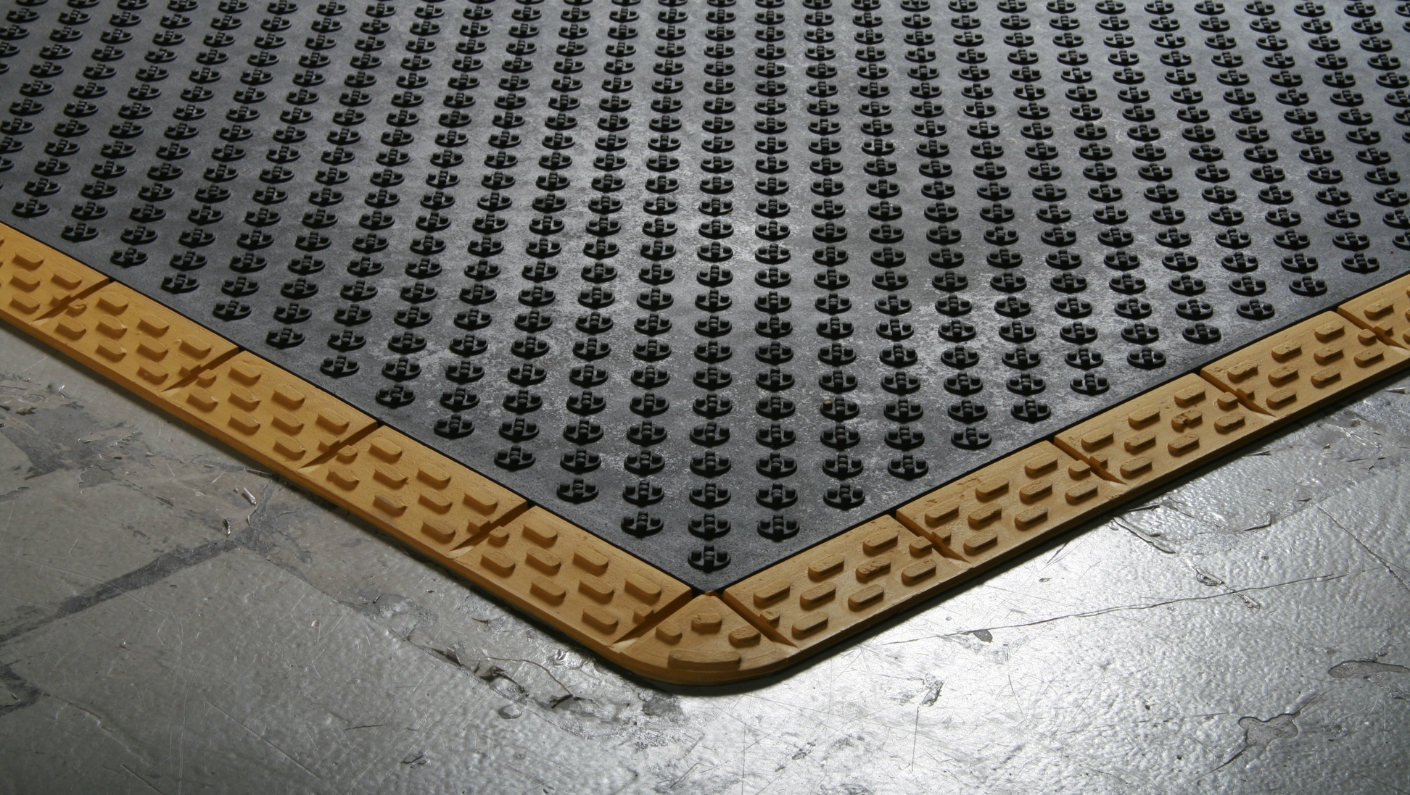In the fast-paced industries of Food & Beverage and Manufacturing, where productivity often dictates the pace, a silent health issue is steadily gaining recognition: the adverse effects of prolonged standing. While seemingly harmless, standing for extended periods can lead to a surprising array of health problems, impacting worker well-being and, ultimately, business efficiency.
It’s a common sight from check-out counters to production lines and assembly points – dedicated individuals spending their shifts on their feet. However, the human body isn’t designed for static upright postures over many hours. This lack of dynamic movement can significantly hinder blood circulation, reducing the vital nutrient supply to muscles and increasing strain on the body.
Common Challenges and Early Signs:
The consequences of prolonged standing are far-reaching. Workers often report immediate discomfort, from sore feet and legs to muscle fatigue to name a few. Left unaddressed, these early signs can escalate into more serious, long-term conditions.
Prevention is Key: Protecting Your Workforce
The good news is that many of these issues are preventable. Employers and employees alike have a role to play in fostering healthier standing environments.
- Vary Posture and Movement: Where possible, job rotation can allow workers to alternate between standing, sitting, and light movement. Providing sit/stand stools or footrests can also offer opportunities to shift weight and reduce static pressure.
- Regular Breaks and Stretching: Encourage frequent, short breaks for workers to sit, stretch, and move around. Simple exercises like calf raises or gentle stretches can significantly alleviate muscle strain and improve blood flow.
- Appropriate Footwear: The right footwear is crucial. Workers should wear supportive, cushioned shoes that fit well and offer adequate arch support.
- Ergonomic Workstation Design: Ensuring that work surfaces, controls, and equipment are at an appropriate height and angle for individual workers can reduce awkward postures and strain, and investing in anti-fatigue matting.
Anti-fatigue mats are one of the most effective and easily implementable solutions. These specially designed mats provide a cushioned surface that encourages subtle micro-movements in the legs and feet. This gentle muscle activation helps to promote blood circulation, reduce pressure on joints and the lower back, and significantly lessen overall fatigue. By providing a softer, more forgiving surface than hard concrete floors, anti-fatigue mats absorb shock and distribute weight more evenly, making standing more comfortable and less strenuous.
By understanding the silent health risks and implementing effective preventative measures, industrial workplaces can ensure their most valuable asset – their people – remain strong, healthy, and ready to meet the demands of the day.

